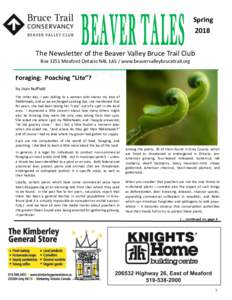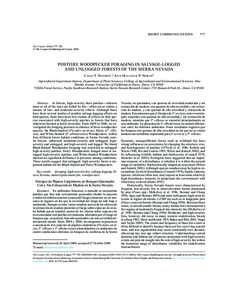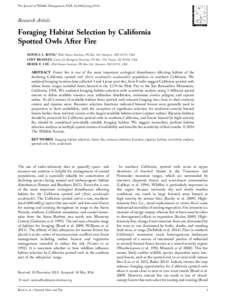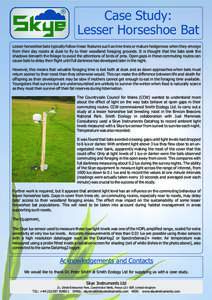<--- Back to Details
| First Page | Document Content | |
|---|---|---|
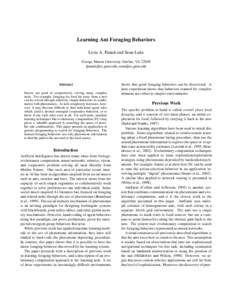 Date: 2005-02-21 13:23:30Biology Symbiosis Behavior Behavioural sciences Ant colony optimization algorithms Ant Pheromone Swarm behaviour Eusociality Foraging Termite Genetic algorithm |
Add to Reading List |
 Learning Ant Foraging Behaviors Liviu A. Panait and Sean Luke George Mason University, Fairfax, VA 22030 , Abstract
Learning Ant Foraging Behaviors Liviu A. Panait and Sean Luke George Mason University, Fairfax, VA 22030 , Abstract